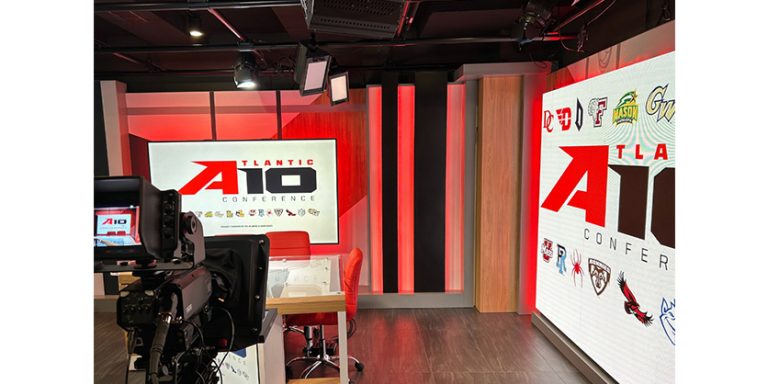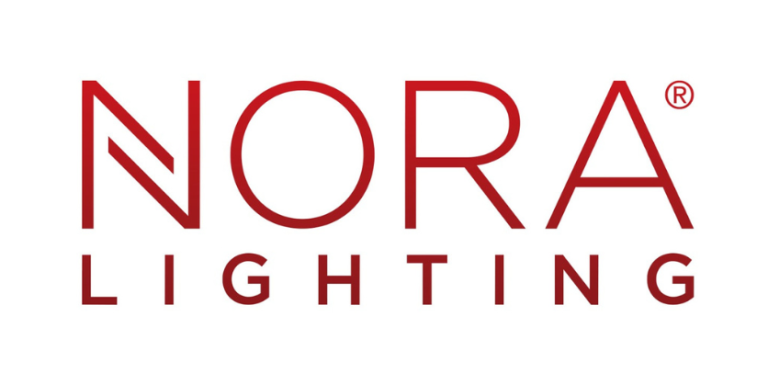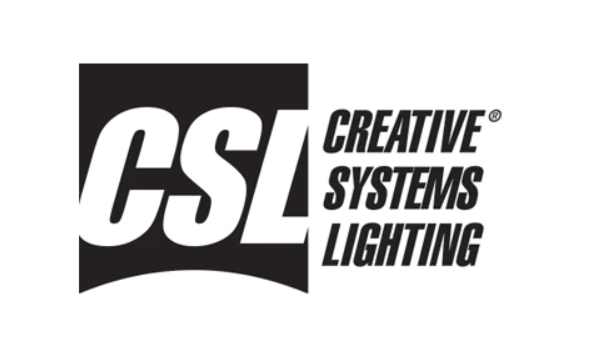Understanding U.S. Energy Regulations and Standards: Key Updates for 2024

Energy regulations are crucial for reducing consumption and setting mandatory requirements for new buildings and renovations. Major U.S. standards like Title 24 of California’s regulations, the International Energy Conservation Code (IECC), and ANSI/ASHRAE/IES Standard 90.1 serve as the basis for state codes. While the IECC covers both residential and commercial buildings, ASHRAE focuses solely on commercial properties. Updates to these codes occur every three years, with interim adjustments.
In 2023, the Department of Energy mandated that light bulbs produce at least 45 lumens per watt, effectively banning incandescent bulbs. Additionally, 25 U.S. governors have pledged to eliminate building emissions in their states.
For 2024, major changes include new efficiency credits, the introduction of the Total System Performance Ratio, interior Lighting Power Allowance (LPA) reductions, and more stringent controls on lighting and HVAC systems. Specific updates to California’s Title 24 involve reducing LPA from .65 to .6 watts per square foot and implementing detailed occupancy and daylighting controls.
While energy regulations aim to cut consumption and mitigate climate change, challenges like occupancy sensor issues and low-flow toilet inefficiencies highlight potential drawbacks. Nevertheless, states like California, Vermont, New York, and Washington lead with stringent codes, while others follow older standards.
In conclusion, ongoing updates to energy regulations and incentives aim to achieve energy efficiency and carbon neutrality, emphasizing the importance of staying informed on these developments.
The 2024 energy regulations introduce new efficiency credits, a Total System Performance Ratio, reduced Interior Lighting Power Allowance, and updated requirements for egress lighting, fan energy, VAV turndown, and parking garage ventilation. To know more read this article by Alcon Lighting.








